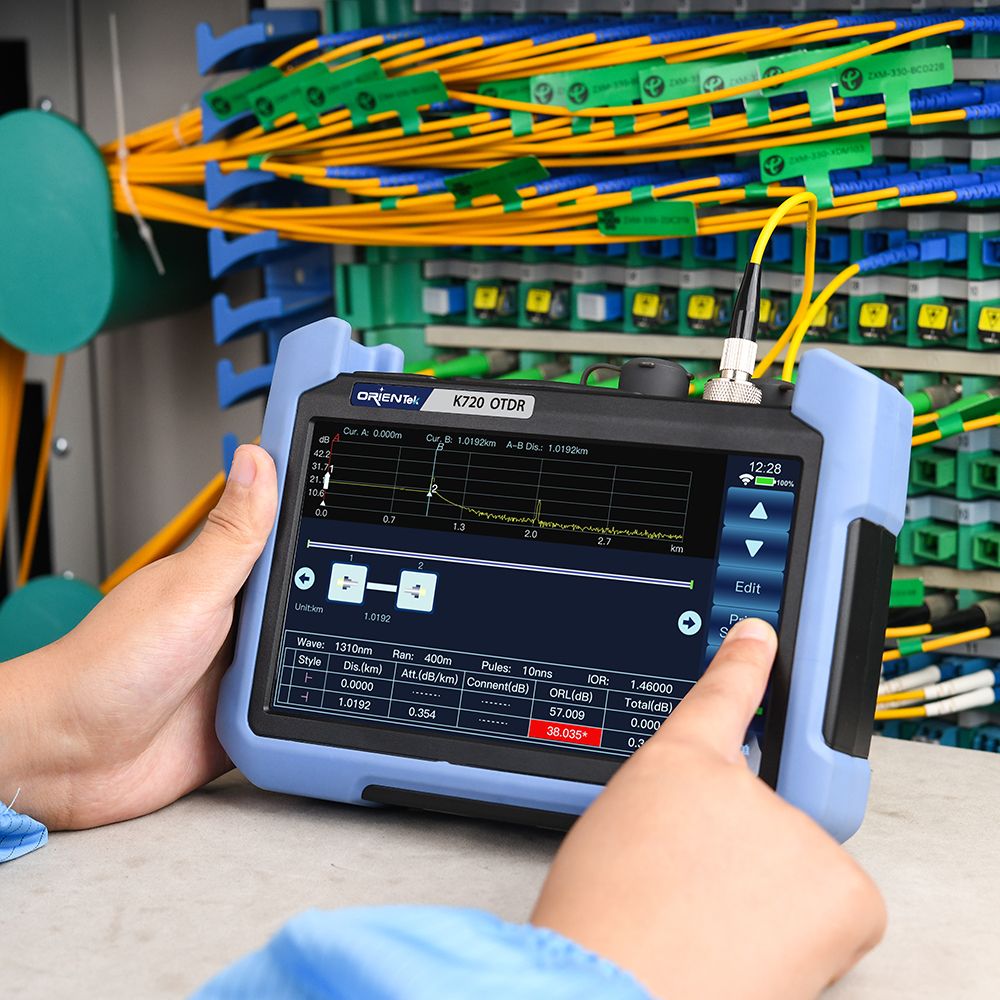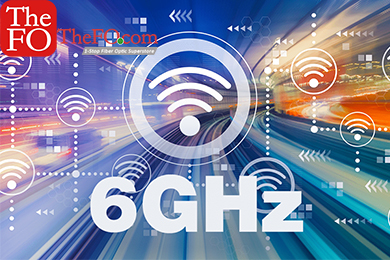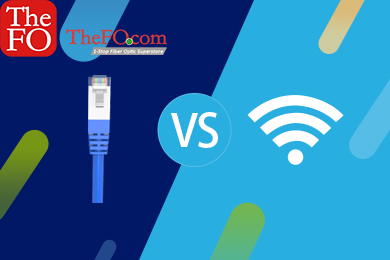-
The Difference Between OTDR & Optical Power Meter
When testing optical cables, there are two commonly used tools: OTDR and optical power meter. Surprisingly, they can produce completely different results. An optical power meter measures the received optical power, while an optical time domain reflectometer (OTDR) uses backscattered reflection to provide length and loss.

Why is there such a big difference? Using a optical power meter, you will know if the fiber is cut or damaged during transmission, because you will notice a certain degree of waste. With OTDR, you will know the distance to the interruption point or whether you have reached the required test point. The disadvantage is that if consumption is required, OTDR is not as accurate as a power meter. Another benefit of optical power meters is that OTDRs sometimes miss sources of signal loss, such as fiber misalignment. If there is a transmitting cable, you will also g
-
How important is the 6 GHz band for 5G
Recently, GSMA once again called on all countries to use 6GHz as an authorized spectrum, and warned that if governments cannot use 6GHz as an authorized spectrum, it will jeopardize the development prospects of 5G in the world.
GSMA pointed out in the statement that the 6GHz band can take into account the advantages of low-frequency coverage and high-frequency capacity, which is essential for the full release of 5G potential in the next ten years. However, governments of various countries have already disagreed on the issue of how to use the 6GHz spectrum. To this end, GSMA calls on governments of all countries to use the full frequency band or the upper half of 6GHz as authorized spectrum.
Spectrum is the oxygen of the wireless industry, an extremely scarce resource, and a key factor in promoting the development of wireless technology. Today, why does GSMA make such a strong appeal for the "unexplored" spectrum resources of 6GHz? How important is the 6GHz
-
Wi-Fi vs. Ethernet: Is Ethernet Faster Than WiFi
What is Ethernet ?
Ethernet is really just a name for a Local Area Network (LAN) and it is commonly used to refer to the cables used to connect your device to your network. So, what is a LAN cable?
A LAN is just a term for a small network of devices all connected together. This could include a single computer, or several linked together in your home. If you are asking yourself “how to use Ethernet?” it is very simple. Just connect your device to your modem using an Ethernet cable and you are ready to go.
Ethernet has been the standard for internet connectivity for a long time and as our internet technology has evolved, so too have the cables we use for it. You will most commonly see Cat 5 cables which can support speeds of up to about 100 Mbps. For anything faster than that you’ll need Cat 5e, 6, 7, or 8. To find out what an ethernet cable is, go through this article. While here, you can also find out the difference between CAT6 vs CA




